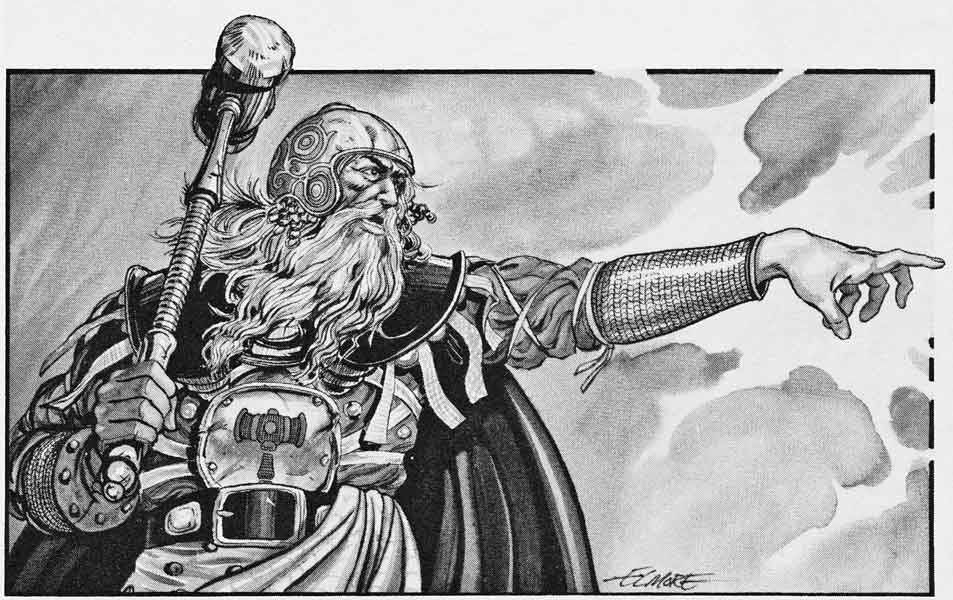I came up with BECMI in the 80s. One of my favourite books from that is Creature Catalogue, a compendium of monsters from various modules. I'm going to write some of them up for OSE for my own campaign and I figured I might as well share them here - starting with a handful of deadly plants.
Please note that treasure types, saves, and xp values are all straight from BECMI. I'm not sure how they align with OSE as I haven't compared. I've also interpreted the descriptions a bit, to make what I think is sense.
 |
This particular plant is probably safe to touch... and maybe even eat?
(Albrecht Dürer) |
AMBER LOTUS FLOWER
Golden water lilies, the size of sunflowers.
AC 9 [10], HD 1/2 (2 hp), Att Special, Move 0', Sv D14 M15 P16 B17 R17, ML 12, AL Neutral, NA 0 (3d6), TT n/a, XP 6
- When creature approaches within 10', sprays 40' x 40' cloud of pollen. Save vs Spells or fall asleep for 4d4 turns.
- Can spray fresh burst every 3d4 rounds.
- Often found with Vampire Roses, Killer Trees, and other carnivorous plants.
ARCHER BUSH
Sickly-looking, stunted, thorny bush. Carnivorous.
AC 7 [12], HD 2 (9 hp), THAC0 18, Att [+1] 1 x Thorn Spray (20', d4), Move 3' (1'), Sv D12 M13 P14 B15 R16, ML 12, AL Chaotic, NA 0 (d20), TT V, XP 20
- Thorn spray range 20', up to 3 times a day.
- Uproots itself to move to slain enemies and eat them.
KILLER TREE
Looks like a regular large tree of some kind, it's mouth apparently just a regular tree bole.
AC 5 [14], HD 6 (27 hp), THAC0 14, Att [+5] 4 x limbs (special, 20'), 1 x mouth (3d6), Move 0', Sv D12 M13 P14 B15 R16, ML 12, AL Neutral, NA 0 (2d6), TT n/a, XP 275
- Tentacle limbs can reach 20', on hit grabs target. On next round drags victim to mouth for automatic 3d6 damage.
- Hitting tentacle for 5+ damage severs it (does not affect main HP).
SIRENFLOWER
Large carnivorous plant luring victims to its centre with scents and glinting light (implying barely hidden gold).
AC 9 [10], HD 5 (22 HP), Att Special, Move 0', Sv D10 M11 P12 B13 S14, ML 12, AL Neutral, NA d2 (d6), TT V, XP 175
- If creature reaches centre of plant, web of branching arms entraps victim and does d4 crushing damage per round, and d10 enzyme damage per turn (not round).
- Trapped creature attacks at -4 to hit.
- Only way to escape is cut all branches (reduce to 0 HP).
- Damage to 0 HP does not kill the Sirenflower. It will regrow (as regular plant). Only way to fully kill is to dig up and burn the root.
STRANGLE VINE
Creeping vine dangling from overhanging tree branches. Up to 20' long.
AC 9 [10], HD 1 (8 hp) per 1' square, Att Special, Move 0', Sv D14 M15 P16 B17 R17, ML 12, AL Neutral, NA 0 (d10), TT U, XP 10 per 1' square
- Touch sensitive, entangling those who touch it doing d4 strangulation damage per round.
- Characters STR 6 and higher have 1 in 20 chance of untangling themselves. Each point STR lower than 6 increases odds by one (i.e. STR 5 has 2 in 20, STR 4 3 in 20, and STR 3 4 in 20 chance).
- Cutting sufficient area, doing 8 hp damage with edged weapon, can free a victim.
- Characters caught in vine attack at -4.
VAMPIRE ROSE
Looks like a normal white rosebush. They uproot themselves and search for creatures to drain their blood, at which point the blossoms turn red for a while.
AC 7 [12], HD 4* (18 hp), THAC0 15, Att [+4] 1 x Thorn (d8) + blood drain, Move 30' (10'), Sv D12 M13 P14 B15 S16, ML 12, AL Chaotic, NA d8 (d8), TT n/a, XP 125
- One bush per 4 hp.
- Thorny stalks whip around victim and start draining blood through hollow thorns. Target mush make Save vs Spells or be hypnotically anaesthetized, allowing themselves to be drained (d8 damage per round) until they die.












.jpg)